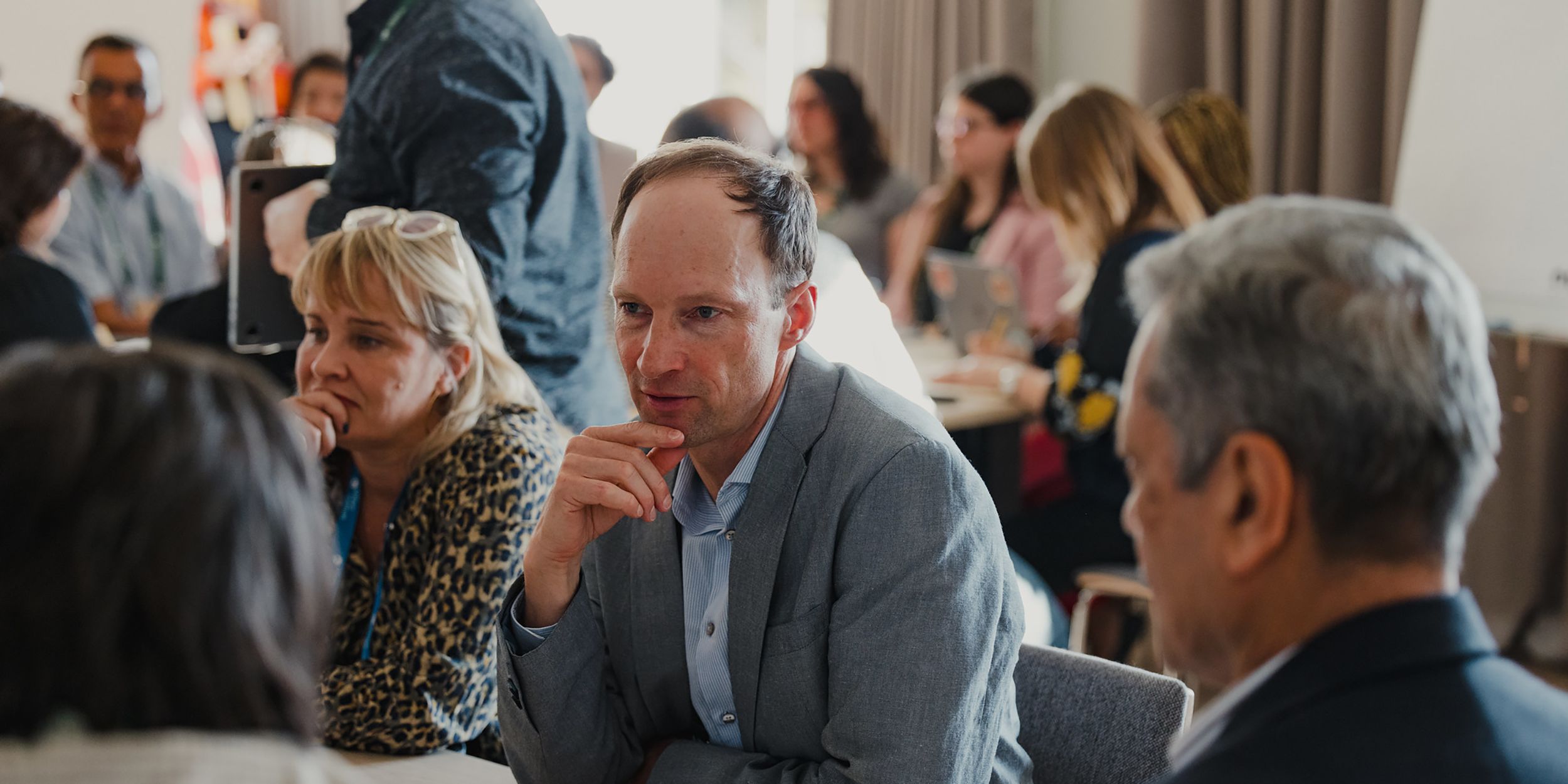The Ideas
Experts emphasized several points, such as the essential role of nature-based solutions, which can be an effective way to save money, remove carbon dioxide from the atmosphere, and reach climate goals. The experts also discussed learning and building from experiences; for the most part, approaches have relied on trust and used siloed approaches which has hence limited scalability.
The experts detailed certain tools and techniques that they felt would be useful in adapting and improving the future of monitoring biodiversity. For example, recognizing the interconnectivity of organisms and the role of indigenous knowledge. Siloed approaches cannot be used to measure biodiversity as our ecosystem is extremely complex, therefore a system approach is essential. There is also so much variation in ecosystems and their ties to culture and society, however, therefore it is still vital to bring indigenous communities into the conversation and consider their concerns and propositions.
An issue that is currently faced is the difficulties with scalability, since data science and the use of remote sensors is currently quite inefficient. Since it is very expensive to send people into the field to collect and validate data, the experts suggest that video imagery could be an important development. This could make anybody a data collector since we use our mobile phones very regularly. Another key issues that experts detailed was the diversity of the biodiversity indices which are currently used. Each of the indices uses different scales and criteria to classify their data, and there is a very large array of metrics. Consequently, businesses and governments find it difficult to fully trust and rely on a specific metric or index and are less likely to consider biodiversity when making decisions. The experts urged that this issue could be solved by further breaking down the siloes between organizations to create an integrated and unified measure of biodiversity.
The Perspectives
The key question raised by participants was: “What is the link from products to users and the outcomes of biodiversity, and what are the barriers and bridges?”. Participants expressed some concerns about the idea of using amateur photographers as data points, as this could lead to quite inconsistent and sometimes invalid results, therefore this might have to be revised or further researched. The participants also felt that on-ground verification and interaction are still important. Even if less people are in the field there can still be mistakes or errors with remote sensing, therefore it may be beneficial to send certain people to validate the data-points, to prevent unreliable or invalid data.
Additionally, participants emphasized the local implications of measuring and monitoring biodiversity. They highlighted how important regional stakeholders are in making decisions. Local elections and decisions can accumulate to make global change. Furthermore, they expressed concern about the lack of tailored or specialized products for specific audiences. This was a potential opportunity that was picked out; that framing or presenting data in a different light might be helpful for catalyzing change and awareness in certain demographics. In addition, data can be simplified, such as presenting it visually, in order to make it accessible to as large a population as possible. Another potential limiting factor identified was that species and biodiversity metrics are not always updated frequently. This means that measurements are not always accurate. Participants thus emphasized that constant reassessment of species and biodiversity is crucial.
Overall, participants fully agreed with what the experts outlined, such as the importance of nature-based solutions, unifying metrics and indices, the potential of using videos and other methods for scaling the measurement of biodiversity, and the fact that the perspectives of indigenous communities are crucial. Participants, however, also expressed further concerns and suggestions, for example, the necessity of having certain people on-site validating data, and the potential to use data to catalyze change. Participants and experts agreed that in recognizing the difficulties, and thinking about the opportunities, major progress can be made in the field of measuring and monitoring biodiversity.



